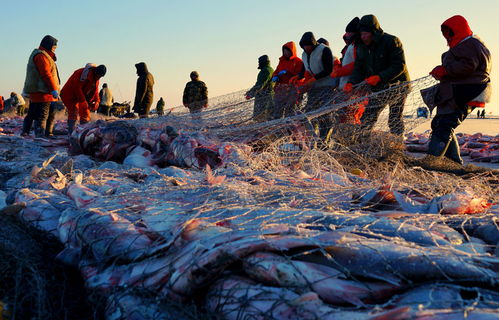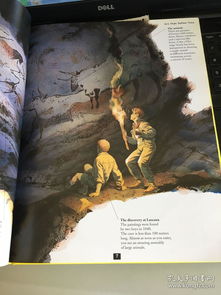As the season transitions from autumn to winter, the waters begin to cool, and the fish might become less active. However, for the seasoned angler, the initial days of winter can offer some of the most serene and potentially rewarding fishing experiences. One of the key elements to consider during this time is the depth at which you fish. Here's a comprehensive guide on how to apply effective fishing techniques in the initial winter months, focusing on the importance of water depth.
Understanding the Winter Fish Behavior

In the early winter, fish often seek deeper waters to escape the cold surface temperatures. This behavior is particularly pronounced in species like bass, walleye, and northern pike. Understanding this migration pattern is crucial for successful winter fishing.
Choosing the Right Water Depth
Research the Species: Different species have varying preferences for water depth. For instance, bass tend to move deeper in search of warmer water, whereas panfish might stay closer to the surface or in the shallows. Research the species you're targeting to determine their preferred depths during winter.
Consider the Weather: On sunny days, water temperatures can fluctuate, and fish might move shallower. Conversely, on cloudy or windy days, they may retreat deeper. Keep an eye on the weather forecast to anticipate fish movement.
Use a Depth Finder: A depth finder is an invaluable tool in winter fishing. It allows you to quickly identify areas where fish are holding, and it can help you adjust your technique accordingly.
Fishing Techniques for Different Depths
Shallow Water Techniques:
- Topwater Lures: On sunny days, fish might be active enough to strike topwater lures. Choose lures that mimic prey like minnows or insects.
- Soft Plastics: Grubs and worms can be effective in shallow waters. Fish them slowly and allow them to sink naturally.
Mid-Depth Techniques:
- Jigs and Spinnerbaits: These lures can be worked through the water column, targeting fish that are suspended at mid-depths.
- Rigged Live Bait: Live bait such as minnows or leeches can be fished at various depths. Rig them on a simple hook or a specialized rig like a bobber rig.
Deep Water Techniques:
- Deep Diving Lures: These lures are designed to dive to greater depths and can be effective for targeting fish that have moved deeper.
- Jigging: Use a jigging rod and retrieve the lure in short, sharp movements to mimic the struggling of a prey item.
Adjusting Your Technique Based on Water Conditions
Water Clarity: In clear water, fish are more cautious and may be more difficult to entice. Use lighter tackle and quieter presentations. In murky water, brighter colors and more aggressive techniques might be more effective.
Water Temperature: As water temperatures drop, fish metabolism slows down. Adjust your bait size and action to mimic the slower movements of prey.
Wind and Current: Wind and current can affect how fish are positioned in the water. Use these factors to your advantage by targeting areas where fish might be trapped or concentrated.
Conclusion
Winter fishing can be challenging, but with the right techniques and an understanding of fish behavior, it can also be highly rewarding. Paying close attention to water depth and adjusting your fishing approach accordingly is key to success. Whether you're targeting bass, walleye, or panfish, mastering the art of winter fishing will allow you to enjoy the tranquility of the season while reeling in some impressive catches. Remember to always respect the environment and practice ethical fishing techniques to ensure the sustainability of our aquatic resources.












